Why I Hate Grave of the Fireflies: A Beautiful Pain That Haunts Me
After 37 years, I finally watched Grave of the Fireflies. It scarred me with its haunting beauty, war’s sorrow, and unforgettable depth of humanity.
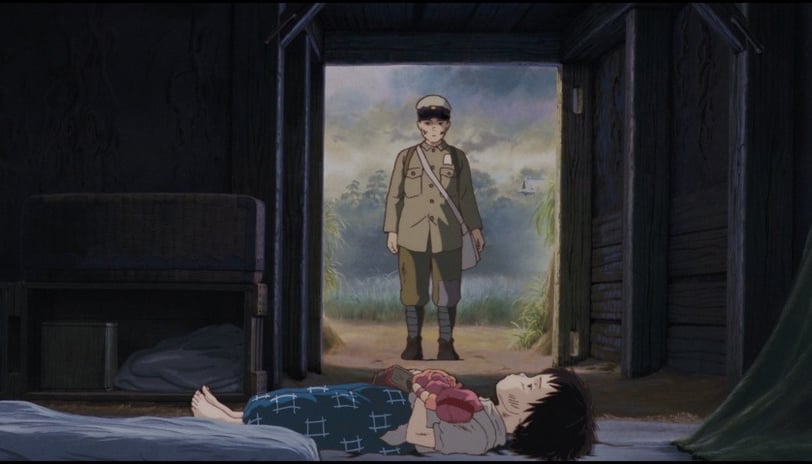

The Fireflies That Burn the Soul
It begins with light. Fragile, flickering light that dances in the darkness like a heartbeat on the edge of stillness. These fireflies, small and fleeting, illuminate the night, their glow a silent rebellion against the consuming shadows. They remind us that even in the darkest corners, there is beauty—a beauty so profound it aches. And yet, as I watched Grave of the Fireflies, that light felt less like comfort and more like a quiet cruelty, a reminder of all that could not be saved.
I avoided this film for decades. When it first appeared in 1988, I was a high school student, cocooned in a world of cartoons and robot battles, where heroes always triumphed, and endings wrapped themselves neatly in ribbons of hope. My days were filled with the excitement of Mekanda Robot, Mazinger Z, Voltes V, Transformers, He-Man, and many others. Back then, the thought of willingly stepping into a story so laden with grief felt incomprehensible. Why subject yourself to something that promised to leave you shattered?
And yet, here I am, 51 years old, finally watching this masterpiece—a film I knew would crush me but dared to experience nonetheless. Sitting in the stillness of my home, the glow of the screen illuminating my face, I braced myself. What I did not anticipate was how utterly unprepared I still was, how deeply it would pierce, how it would wrap its quiet devastation around my heart and refuse to let go.
The Glow of Innocence
The story unfolds in a world torn apart by war. Kobe, 1945—a city reduced to ash, where the air is thick with loss, and the ground bears the weight of countless broken lives. Amid this desolation, two children stand: Seita, with shoulders too young to bear the burdens he carries, and Setsuko, a wide-eyed child whose innocence clings stubbornly to a world that no longer deserves it.
The fireflies flit around them, their light a fragile echo of what once was. They are symbols of fleeting hope, of beauty that cannot last. For Setsuko, they are a moment of wonder, tiny sparks in a life now defined by hunger and despair. For Seita, they are a reminder of what he must protect, even as the world crumbles around them. These tiny creatures, so delicate and ephemeral, feel almost cruel in their beauty—a beauty that makes their inevitable fading all the more unbearable.
Studio Ghibli’s artistry transforms this tale into something more than a story. It becomes a living, breathing experience. The animation—lush, detailed, heartbreakingly real—brings every moment to life. The rustling of leaves, the flicker of firelight, the soft murmur of the children’s laughter—all of it feels too real, too immediate. Each frame is a poem, each sound a sigh that lingers long after it has faded. The fireflies are not just light; they are memory, love, and sorrow, glowing for a moment before disappearing into the night.
Ashes of a Forgotten World
The firebombing of Kobe is not merely an event; it is a storm that consumes everything. The sky rains fire, the earth shudders under its weight, and the city becomes a graveyard of dreams. Homes crumble, families scatter, and what remains is a silence that speaks louder than the explosions ever could. The ashes settle, coating everything in a gray that feels eternal.
In the midst of this chaos, there is a moment seared into my mind. As the world flees from the firestorm, Seita runs towards their home, defying the tide of terror. He pushes through smoke and flame, past the crowd who is running for their dear life, desperate to salvage something—anything—that might sustain them. Food, clothes, a piece of their shattered life. His hands grasp at remnants, while his heart races with urgency. Meanwhile, Setsuko waits alone, curled in the fragile safety of a small cave by the river, a shelter they found in the wreckage. She is a picture of quiet vulnerability, her trust in her brother unwavering as she waits for his return.
This scene lingers in its rawness, but what makes it even more heart-wrenching is the stark contrast that follows. The world around them is not just broken; it is indifferent. The neighbors avert their eyes, focused on their own survival, while Seita’s desperate search through the ruins contrasts with their avoidance. Humanity, stripped bare by war, reveals its ugliest side. The kindness that should cradle the vulnerable is nowhere to be found. This indifference haunts Seita and Setsuko, a reflection of the silence that surrounds them. Strangers pass them by, their faces blank, their gazes averted. The true tragedy lies not in the bombs, but in the apathy of those who could have helped and chose not to.
This apathy is the film’s most devastating truth. It forces us to ask: How often have we, too, looked away? How many times have we chosen silence over action, convenience over compassion? The firebombing of Kobe may have been the backdrop, but the true tragedy lies in humanity’s failure to care. The film does not allow us the comfort of blaming faceless enemies; instead, it turns the mirror on us, forcing us to confront the ways we fail each other.
The Silence That Lingers
The silence wasn’t merely the absence of sound—it was the presence of something far heavier, an echo of lives extinguished too soon. It lingered like the ghost of fireflies, their faint glow fading but never truly gone. The air carried it, thick and unmoving, pressing down with a weight that could not be shrugged off.
Seita’s spirit, untethered and weary, bore this silence as if it were a second skin. It was not the stillness of peace, but the deafening quiet of survivor’s guilt. Each step he took in that final moment felt heavy with the memory of choices he could not undo, of laughter he could not protect. The silence lived within him, a whisper of all he had lost, of all that might have been.
This silence stretched far beyond the children, wrapping itself around the world they left behind. It mirrored Japan’s unspoken pain, a nation struggling with the scars of war yet reluctant to confront its truths. It spoke of firebombs and devastation, yes, but also of neighbors who turned away, of a collective forgetting that could never erase what had been endured.
And yet, within this silence lay the faintest glimmer of hope. The fireflies had gone dark, their fragile light extinguished, but their presence lingered in the memory of their glow. It was a reminder that even in the depths of despair, love and humanity could flicker, however briefly. The police officer who chose kindness over cruelty became a beacon in this darkness, proving that not all had forgotten how to care. So long as one person looks their way, there is hope, however faint.
The silence of Grave of the Fireflies does not fade with time. It lingers in the corners of the mind, asking to be felt, to be acknowledged. It demands that we sit with it, carry its weight, and ask ourselves if we too have turned away when we were most needed.
A Masterpiece That Hurts
I hate Grave of the Fireflies. I hate it because it hurt me, because it reached into my soul and left it bruised. But perhaps that is its greatest power.
Yet to speak only of the pain it caused would be to ignore its deeper purpose. This is not just a film—it is a tribute, born from the depths of Akiyuki Nosaka’s soul. His own life, scarred by war and loss, inspired this work. Nosaka once described it as an apology to his sister, a haunting act of remembrance for the life he could not save. Through this tale, he shared his love and unyielding guilt, offering the world a piece of his own humanity. His war-ravaged childhood—marked by hunger and a weight no child should bear—shaped every detail, from Setsuko’s frail smile to Seita’s silent desperation. In reliving these moments, he transformed personal torment into a universal plea for compassion. From Setsuko’s frail smile to Seita’s silent desperation, every moment carried the imprint of a life forever scarred by loss. In reliving these moments, he transformed personal torment into a universal plea for compassion.
This is why the film feels so raw, so unrelenting. It carries the gravitas of a life-altering truth, one that refuses to be softened or ignored. Nosaka’s mindset, shaped by a war that stole everything from him, demanded that this tale be told honestly, without veneer or pretense. It is not entertainment; it is a reckoning—with history, with humanity, with ourselves.
Grave of the Fireflies is more than a masterpiece; it is a reminder of what it means to remember. To carry the stories of those we’ve lost, to hold their light in our hearts, no matter how fleeting it may be. And in that remembering, we find our duty: to care, to love, to protect, so that no child’s laughter is ever silenced by neglect or apathy again. It is not a film meant to be enjoyed; it is one meant to be endured. It is a reminder of what we lose when we turn away, of the light we must protect, no matter how fleeting. The fireflies burned bright, their glow revealing a delicate balance between beauty and sorrow—a fleeting light that asks us to protect the fragile connections that define our shared humanity.
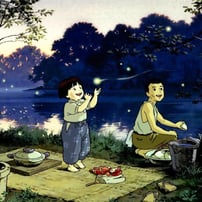
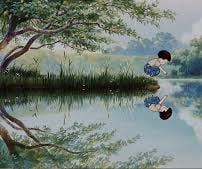
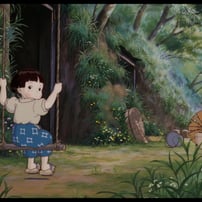
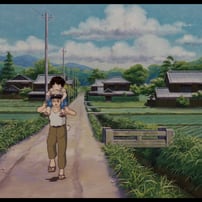
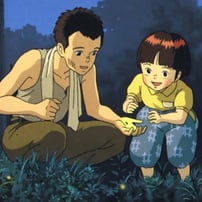
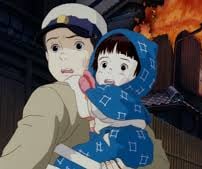
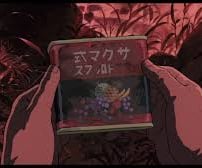
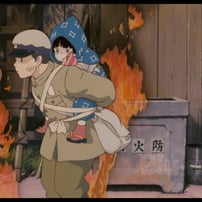
Reflections
Thoughts on life shared over morning coffee.
Contact us
subscribe to morning coffee thoughts today!
© 2024. All rights reserved.
